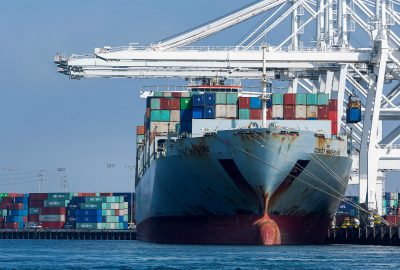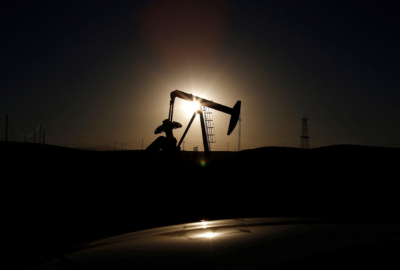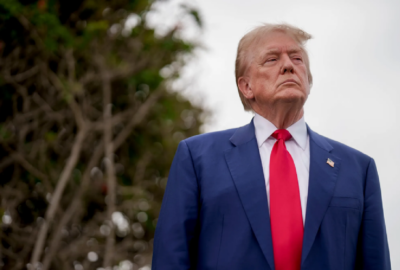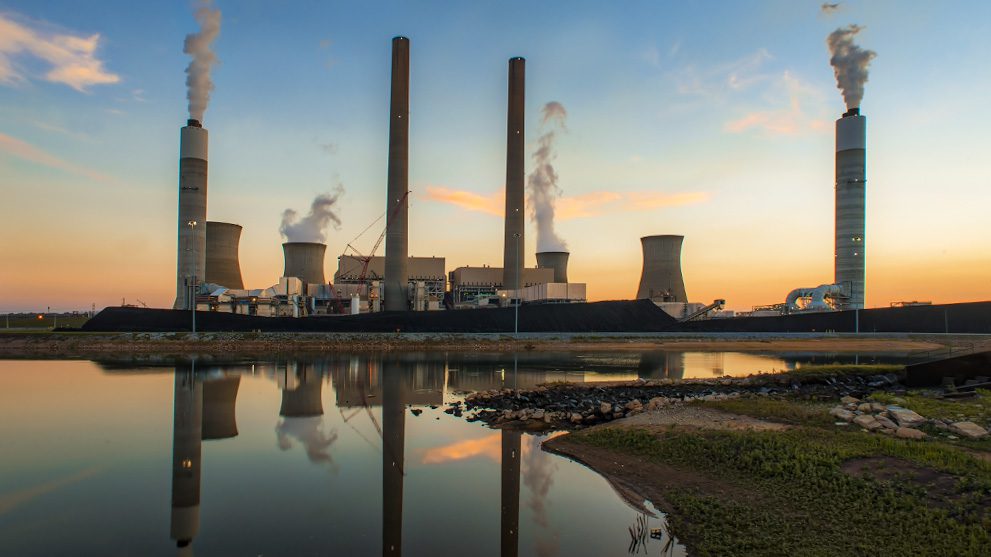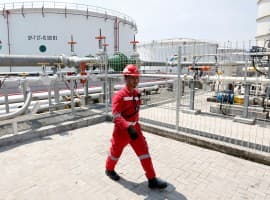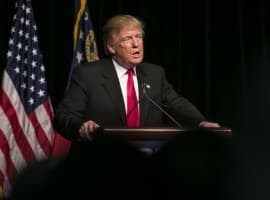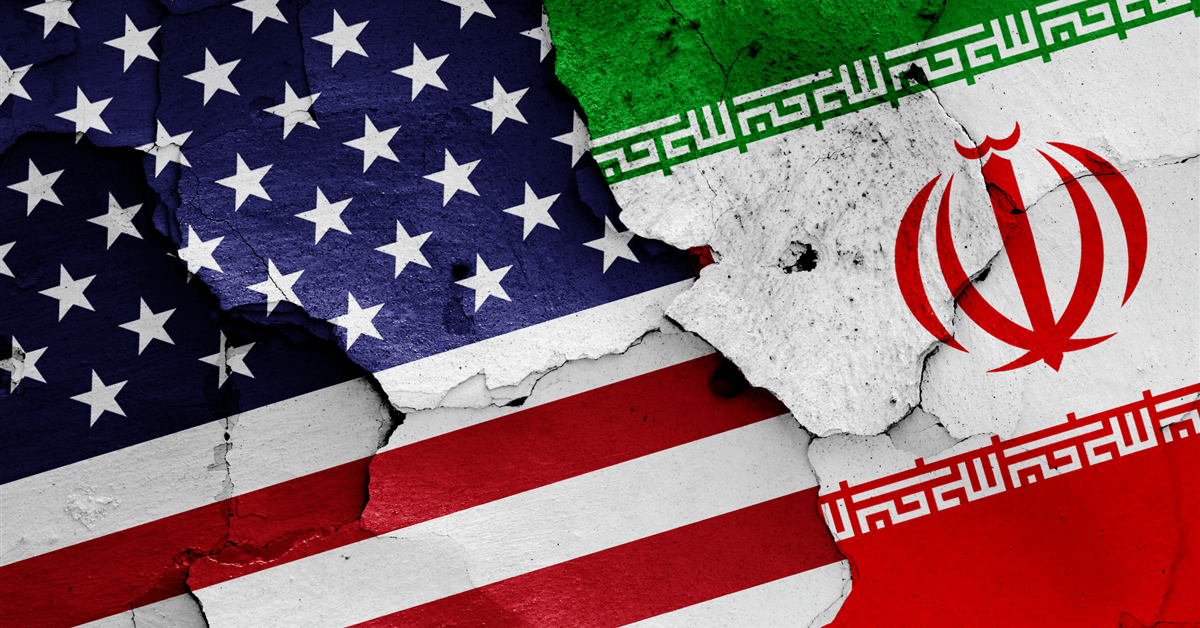
Will Trump fill Strategic Petroleum Reserves (SPR) ‘right to the top’?
That was one of the questions asked in a Q&A format research note by BMI, a unit of Fitch Solutions, which was sent to Rigzone recently by the Fitch Group.
Offering a response in the note, BMI analysts said, “oil storage levels will rise under Trump, but probably at a slower pace than his rhetoric would suggest”.
“There are logistical constraints to consider, with the American Petroleum Institute (API) estimating strategic reserves would take at least 19 months to replenish,” they added.
The analysts stated in the note that it would also be very costly.
“The total capacity of the U.S. Strategic Petroleum Reserve is 714 million barrels, 327 million barrels above the level of oil in storage as of October 2024,” they noted.
“Taking our 2025 annual average forecast for Brent crude, that would cost almost $25 billion, for which Trump would require congressional approval,” they added.
“It would also help to put a floor under Brent, running counter to Trump’s objective to lower prices at the pump,” they continued.
The BMI analysts also stated in the note that the SPR holds largely medium and heavier grade crudes, which they said are the preferred grades for many domestic refiners. They added that, as the majority of U.S. output is now light or ultra-light, SPR restocking relies on imports.
“The OPEC+ cuts have already tightened the market for medium and heavy crudes, raising their cost, and an SPR buying spree could further distort the market (more so if compounded by tightening sanctions on Russia and Iran),” the strategists said in the note.
“Generally, oil markets are not overly sensitive to SPR-related announcements, but we could see prices impacted via changes in the fundamentals, if the U.S. suddenly inflates demand for specific grades and this then ripples through the wider crude complex,” they added.
“As a side note, it seems to us unlikely that Trump would enjoy the optics of a surge in crude imports in the early stages of his presidency,” the strategists went on to state.
In an opinion piece posted on the Wood Mackenzie website last month, Ed Crooks, Wood Mackenzie’s Americas Vice Chair, said, “filling … [the SPR] completely would mean adding another 320 million barrels, which, at today’s price of about $75 a barrel for U.S. crude, would cost about $24 billion”.
“With the federal government’s finances under pressure, both the administration and Congress may be able to think of better things to do with that money,” Crooks added in the opinion piece.
Rigzone has asked the Trump transition team, the White House, the U.S. Department of Energy (DOE), Senate Majority Leader John Thune, Speaker of the House Mike Johnson’s camp, and the American Petroleum Institute (API) for comment on the BMI research note and Wood Mackenzie opinion piece. At the time of writing, none of the above have responded to Rigzone yet.
In his inaugural address, which was transcribed on the White House website on January 20, U.S. President Donald Trump said, “we will … fill our strategic reserves up again right to the top”.
The SPR is described on the U.S. DOE website as the world’s largest supply of emergency crude oil. The site highlights that it was established “primarily to reduce the impact of disruptions in supplies of petroleum products and to carry out obligations of the United States under the international energy program”.
“The federally owned oil stocks are stored in huge underground salt caverns at four sites along the coastline of the Gulf of Mexico,” the DOE site notes.
To contact the author, email




